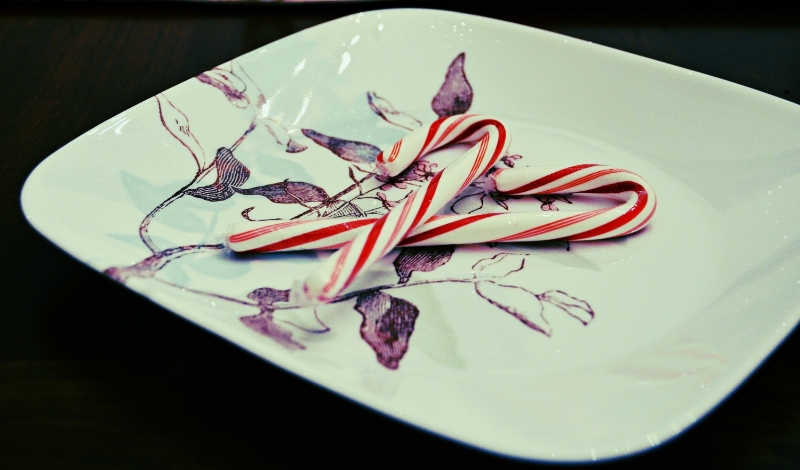Candy Canes

Known for their red and white stripes and sweet peppermint taste, candy canes are recognized as a symbol of winter festivities. Not only can they be eaten as a sugary treat, they’re often used for decorating during the winter. The tradition of candy canes was started centuries ago, however, they first started out as straight white sticks of sugar candy.
The use of candy canes first began in Europe when the practice of setting up Christmas trees became popular. Many of the decorations used on Christmas trees were food items such as candy and cookies. During some of the Christmas celebrations, a choirmaster had made these sticks of sugar bent into a cane like shape, and passed them out to all the children who had attended the celebratory ceremonies. This idea of passing out sugar canes for the children became a well-liked tradition, and quickly spread all across Europe.
By the 1800s, the idea of using candy canes to decorate Christmas trees eventually made its way to America, though candy canes were still entirely white. It wasn’t until the 1900s that candy canes started to appear with red stripes. Before the 1900s, even Christmas cards only featured plain, white candy canes.
The flavors of candy canes range from a sweet peppermint taste to an assortment of fruit flavored ones. “My favorite flavor would definitely have to be Jelly Belly Pink,” 8th grader Evelyn Ngo says. Recently, bizarre flavors like pickle and gravy have even made their way into this festive treat. With the large variety of different tastes, candy canes can be used in many ways, from decorating trees to stirring hot chocolate.



















